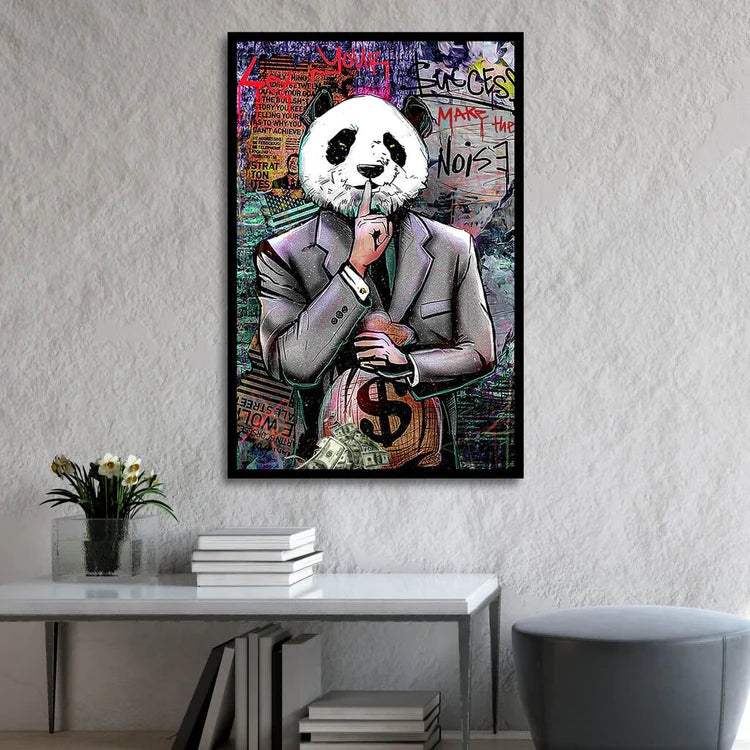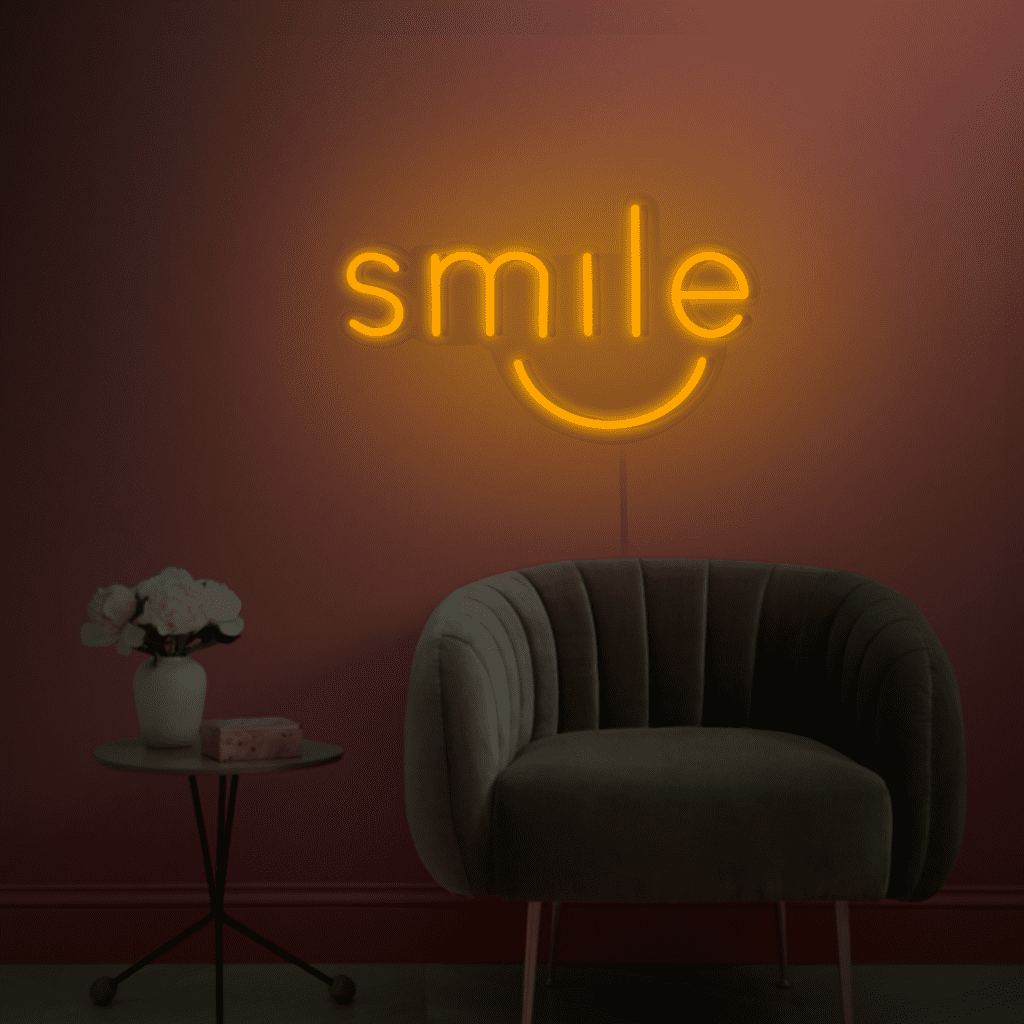Are you looking to elevate the ambiance of your home and create a space that truly reflects your personality and style? Look no further than wall art decor! Transforming your walls with stunning artwork can breathe new life into any room, setting the tone for a welcoming and inspiring atmosphere. In this blog post, we'll explore how wall art painting can improve your home's overall vibe and provide tips on how to choose the perfect pieces for each space. Get ready to unleash your creativity and turn your house into a true work of art!
The Impact of Wall Art on Home Atmosphere
The atmosphere of our homes has a significant impact on our overall well-being. It is where we unwind, relax, and spend most of our time with our loved ones. Therefore, it is essential to create an atmosphere that promotes positivity, tranquility, and comfort. One effective way to do this is by incorporating wall art into your home decor.
Wall art has the power to transform a dull and lifeless space into a vibrant and inviting one. It adds character, personality, and depth to any room. Whether you choose wall art paintings, prints, or photographs, the right wall art can have a significant impact on the atmosphere of your home.
Color Psychology and Its Role in Home Atmosphere
Color can have a powerful impact on our emotions and overall well-being, making it an essential element in creating a welcoming and harmonious atmosphere in our homes. This is where color psychology comes into play - the study of how different colors affect human behavior and mood.
In recent years, interior designers have incorporated color psychology into their designs to enhance the ambiance of a space. When it comes to home decor, choosing the right colors for your walls can be crucial in creating the desired atmosphere. Let's take a closer look at how different colors can influence your home's atmosphere:
- Red: A bold and stimulating color that evokes energy and passion. It has been associated with increasing appetite, making it a popular choice for dining rooms or kitchens. However, too much red can be overwhelming, so it's best to balance it with neutral tones.
- Blue: A calming and serene color that promotes relaxation and tranquility. It is often used in bedrooms or bathrooms to create a sense of peacefulness. Lighter shades of blue are also known to make a room appear more spacious.
- Yellow: An uplifting and cheerful color that brings warmth and happiness into any space. It is often used in living rooms or entryways as it creates an inviting atmosphere. However, too much yellow can be overpowering, so it's best to use it as an accent rather than the main color.
- Green: A refreshing color that symbolizes nature and harmony. It has a calming effect on the mind and is perfect for creating a soothing atmosphere in areas like bedrooms or reading nooks.
- Purple: A luxurious color associated with creativity and spirituality. It adds depth and sophistication to any room but should be used sparingly as too much purple can make a space feel heavy.
- Orange: An energetic and vibrant color that stimulates creativity and communication. While not commonly used for large spaces, orange makes for an excellent accent color in home offices or playrooms.
In addition to individual colors, the combination of colors also plays a crucial role in setting the right atmosphere. For example, pairing warm and cool tones can create a balanced and harmonious ambiance. On the other hand, using contrasting colors can add drama and energy to a room.
When choosing wall art paintings for your home, consider incorporating these different colors to create the desired atmosphere. Whether it's a soothing bedroom or a vibrant living room, understanding color psychology can help you transform your space into an inviting and harmonious sanctuary.
Techniques for Hanging and Arranging Wall Art
Wall art is a powerful and versatile way to add personality and character to your home's atmosphere. But simply purchasing beautiful pieces of art is not enough – how you hang and arrange them can make all the difference in transforming your space. In this section, we will discuss some key techniques for hanging and arranging wall art that will elevate the aesthetics of your home.
- Consider the Placement: Before even picking up a hammer, think about where you want to hang your wall art. Take into account factors such as the size of the room, existing furniture, and lighting. A general rule of thumb is to hang larger pieces on bigger walls or above large furniture, while smaller pieces work well in groups or in more intimate spaces.
- Use Proper Tools: To ensure that your living room wall art stays securely in place, it is important to use proper tools such as nails or picture-hanging hooks. These are designed specifically for hanging artwork and provide better support than regular nails or adhesive strips.
- Create Balance: When arranging multiple pieces of wall art together, aim for balance by creating visual symmetry through size, color scheme, or theme. For example, if you have one large piece on one side of a wall, balance it out with two smaller pieces on the other side.
- Experiment with Layouts: Don't be afraid to get creative with how you arrange your wall art! Instead of sticking to traditional methods like hanging all frames at eye level or in a straight line, try experimenting with different layouts such as staggered placement or a gallery-style arrangement.
- Incorporate Different Mediums: Wall art doesn't have to be limited to paintings or photographs – consider incorporating different mediums like tapestries, macrame hangings, or mirrors for added texture and dimension.
- Add Depth with Layering: If you have several small pieces of wall art that don't seem substantial enough on their own, try layering them on top of each other or mixing and matching frames for a more dynamic display.
- Consider Lighting: Proper lighting can make a huge difference in how your wall art is perceived. Experiment with different types of lighting, such as spotlights or string lights, to highlight certain pieces and create a cozy ambiance.
By utilizing these techniques for hanging and arranging wall art, you can create a visually appealing and cohesive atmosphere in your home that truly reflects your personal style and adds character to any room. Don't be afraid to get creative and have fun – after all, it's your space to make uniquely yours.
Maintenance and Upkeep of Wall Art
After investing in a beautiful piece of wall art, it is important to properly maintain and upkeep it to ensure its longevity and continued impact in your home. Regular maintenance not only keeps the piece looking fresh and vibrant, but also helps preserve its value.
Here are some tips for maintaining and caring for your wall art:
- Dusting regularly: Just like any other surface in your home, dust can accumulate on your wall art. Make sure to dust it regularly with a soft cloth or feather duster to keep it looking clean and free of debris.
- Avoid direct sunlight: Sunlight can cause fading and damage to your wall art over time. If possible, hang your pieces in areas that are not directly exposed to sunlight or invest in UV-protective glass for framing.
- Keep away from moisture: Moisture can also be damaging to wall art, especially if it is made of delicate materials such as paper or canvas. Avoid hanging pieces in damp or humid areas such as bathrooms or near windows that may leak during rain storms.
- Clean spills immediately: Accidents happen, but if any liquid spills on your artwork make sure to clean it up immediately with a soft cloth. Do not use harsh cleaning products as they may damage the surface of the piece.
- Check hardware regularly: If you have hung your artwork using nails or hooks, make sure to check them periodically for stability. Over time, these may become loose and need readjustment to prevent accidents.
- Rotate pieces seasonally: To prevent wear on one particular area of the artwork due to constant exposure, consider rotating pieces seasonally so that different parts are displayed at different times.
- Professional restoration: In case of any damage or discoloration over time, it is best to seek professional restoration services rather than attempting DIY fixes which may further compromise the integrity of the piece.
By following these maintenance tips, you can ensure that your wall art remains a focal point in your home for years to come. Remember, proper upkeep not only adds to the aesthetic appeal of the piece but also preserves its value as an investment.
Conclusion: Transforming Your Space with Wall Art Painting
Transforming your space with wall art painting is a great way to improve the atmosphere of your home. Whether you are looking to add color, personality, or style to your living space, wall art painting can help achieve this transformation.
One of the biggest advantages of using bedroom wall art as a means of decoration is its versatility. With various styles and techniques available, there is something for every taste and preference. From abstract paintings to realistic landscapes, from bold colors to muted tones, the options are endless when it comes to choosing a wall art work piece that speaks to you and complements your space.





